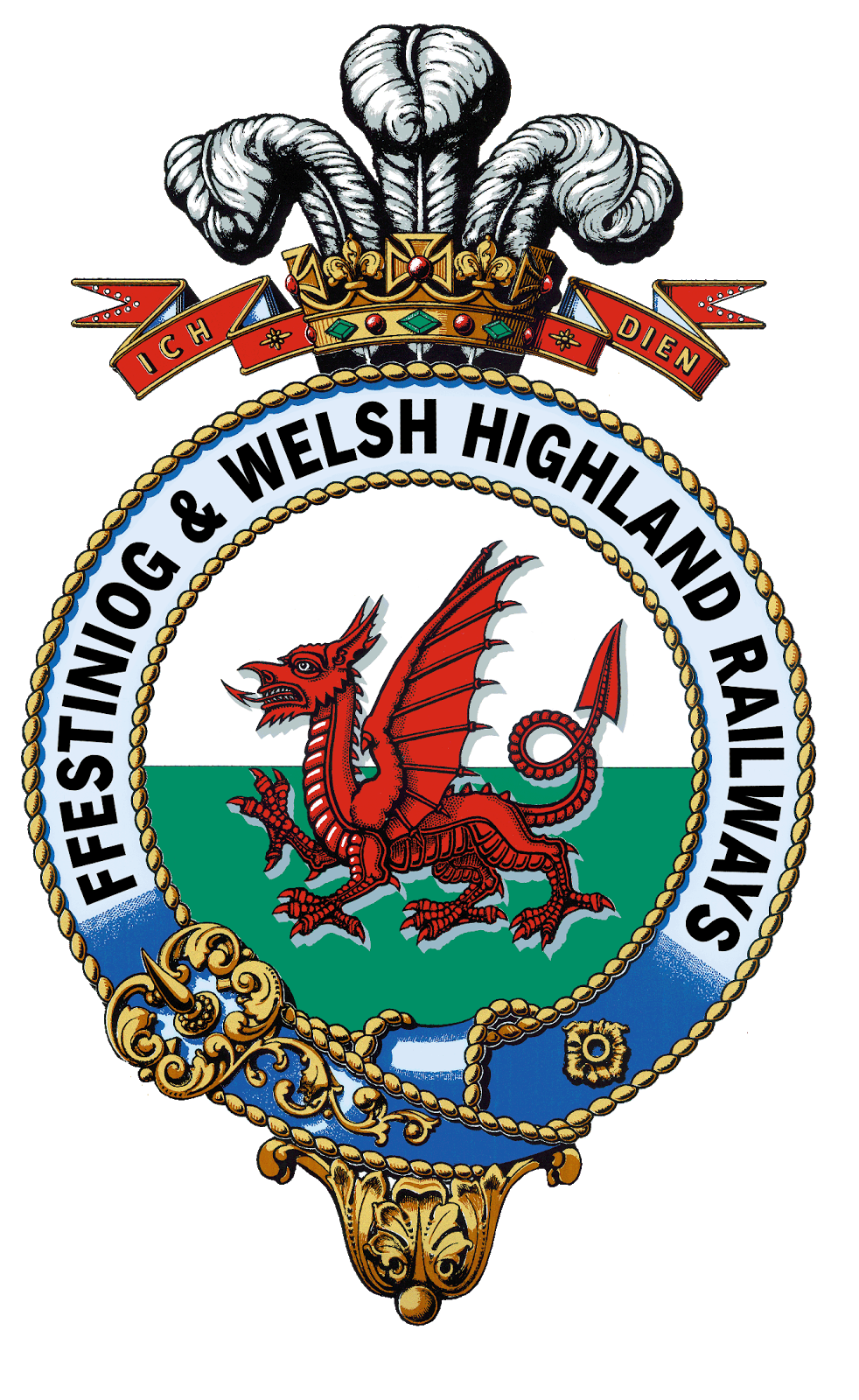
Although it was built for use with an off-peak push-push set 111 has spent most of its time in service functioning as one of the first class observation carrs at the Porthmadog end of the train sets, albeit very much the third choice these days.
111 was the last in the line of the 1970's design of 'tin carrs' which were built on former Isle of Man Railway underframes and used a lot of off-the-shelf components from the bus industry including seats and the beclawat sliding light windows.
As a child of the '70's I've always had a soft spot for these carriages. Along with the new Earl of Merioneth - unkindly dubbed 'The Incredible Hulk' or simply 'The Square' - they impressed me with their modernity during my visits to the FR as a kid.
Our model of 111 shows the carriage in its original green and ivory livery and runs with the other 5 carriages that made up the INCa train set and is most often paired with the push-pull fitted diesel locos 'Conway Castle' or 'Criccieth Castle'.
We run it in proper push mode too, with the loco at the Blaenau end of the train propelling the six carriages down the spiral and through two sets of points in the Dduallt station loop.
It does so time after time with barely ever a derailment and I happen to think that's no mean achievement in OO9.







































